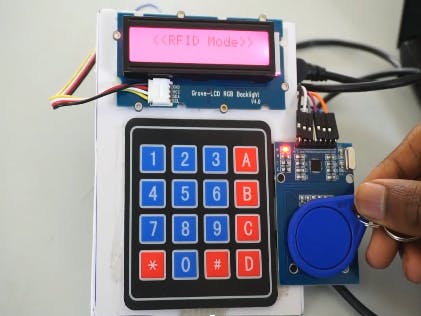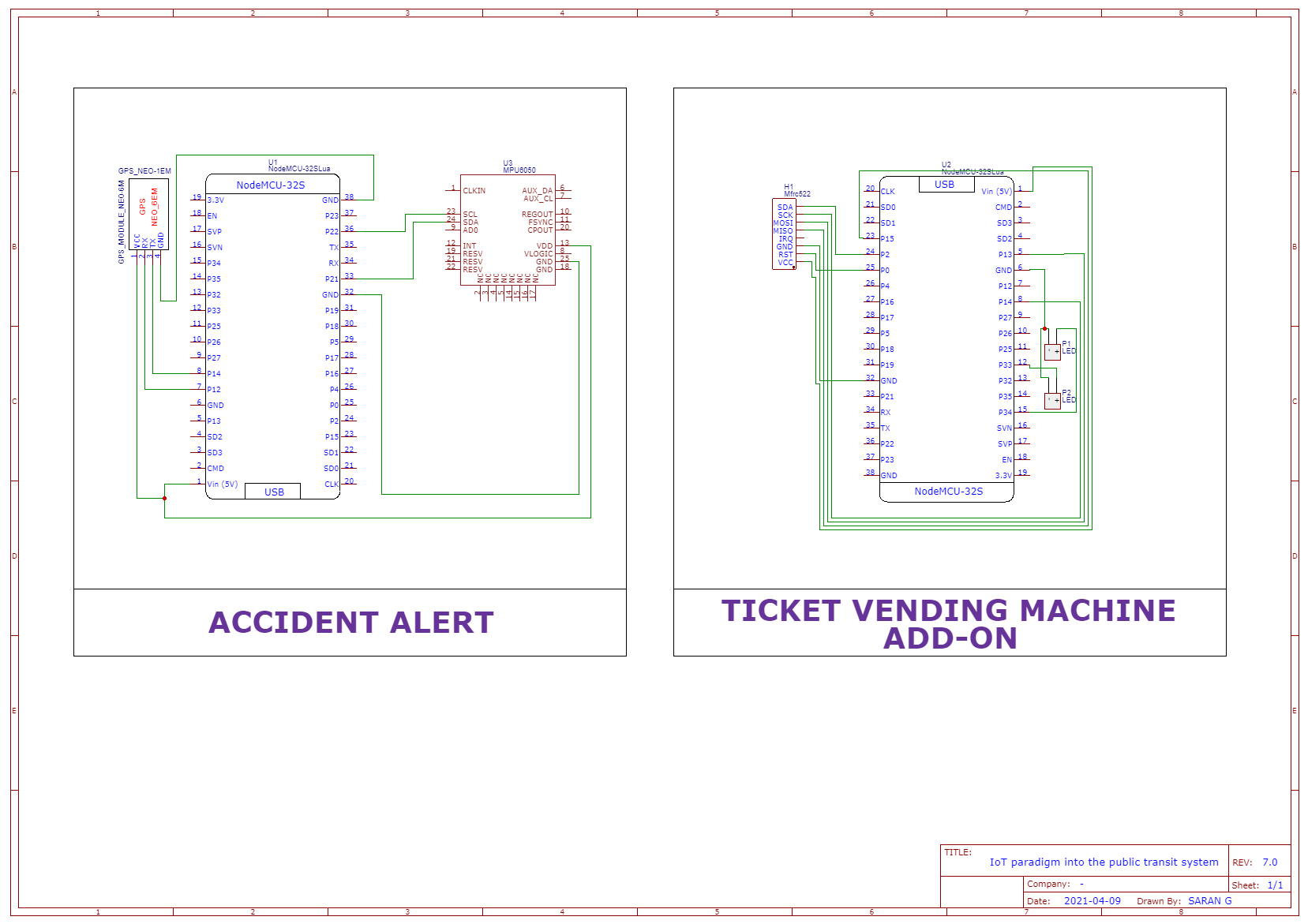Absolutely, we live in a country where it has only the smooth breeze, trees and beautiful nature, in earlier days. Later, when technology arises, it eases our daily life. Though it has several advantages, it seems to have a slight disadvantage that should also be reduced. This is what we are gonna look at in a minute.
Transportation is really a vital system that every person utilizes to move from one place to another by various modes such as roadways, waterways, airways, etc. Nowadays, people use their own vehicles rather than public transit, which all people wouldn't know what it causes to our environment. Think of it, more cars can emit vast amounts of toxic gases and create traffic jams that can make us to wait for a while until the mess gets clear.
Public transport helps reduce pollution and reduce traffic jams and supports the people reach their destination on time. If we don't stop using our own vehicles, the environment will get disturbed due to which we cant give assurance to the other generations a safe environment to live.
The growth in congestion in urbanized and urban-clustered areas is linked with an increasing number of accidents and mortality, mainly where many private vehicles are used. As traffic rises, people feel less safe to use the streets. Increased traffic negatively impacts public ventures, which crowded the streets and cause air pollution. The space that more private vehicles take to park in a slot is higher than that of public transits. It creates additional delays and discomfort when people travel during peak hours.
The system supports connectivity, which reduces the paradox between riders' choice to have direct connections by maintaining the network over the designed mobile application. This paper further puts forth the customized low-cost public transportation system that deals with connectivity, real-time location sharing, digital billing, sending accident information to the nearby hospitals based on GPS.
Core Details
1. Real-time Crowd Sensing in Bus
Still, nobody can find the real-time passenger count in buses. This seems to be difficult when we need to implement it. We could not place cameras everywhere, because the costs are high and people may also able to hide the camera. That's why we need to make changes in the existing ticket machines. Here, the simple STM32 microcontroller which costs around 5 USD, plays a major role in fetching information and transferring via IoT cloud.
People can get tickets either by paying manually or can go cashless. The existing handheld ticket machines prints information such as arrival, departure place, passenger count, and bus fare. This needs to be split down and send the data to the server. For this we need to build an additional module that could easily embed with the existing machine.
STM32 microcontroller, ESP32866 and RFID reader are the major components that has to be connected. For our convenience, we add green and red LED to check if the RFID tag is read. People can recharge their card whenever the time they wish. They can fill earlier or can recharge later. If they don't have money, the detail would be in the database, it would be deducted once they fill money in it.
So, this can be really helpful in finding crowd sensing system with not even spending a single buck. This is really helpful when people want to board on-time without waiting time on bus station.
2. Accident Alert
We need to place a vibration sensor on the front panel near the driver seat. With signals from an accelerometer, a severe accident can be recognized. According to this project when a vehicle meets with an accident immediately Vibration sensor will detect the signal or if a bus rolls over, and Micro electro mechanical system (MEMS) sensor will detects the signal and sends it to the microcontroller.
We need to create an IoT Hub in Microsoft Azure to enable sending data to the cloud. Along with this, we place a GPS to fetch the current location of a bus. These information would be shared to the nearby hospitals on the traced location. So, they can be easily be given first aid and taken care.
3. Last Mile connectivity
The last mile connectivity means origin to the destination or vice-versa. Here, we tell the user that which vehicle can take him/her easily. It tells the time taken for each vehicles to travel by. For example, if he's taking a bus from 'A' to 'C' location, but the can go only till 'B' location, the application shows nearby available vehicle hiring services with estimated amount of time it would take to reach the destination.
These all together combines gives a better transportation system for the passengers.
















Comments
Please log in or sign up to comment.